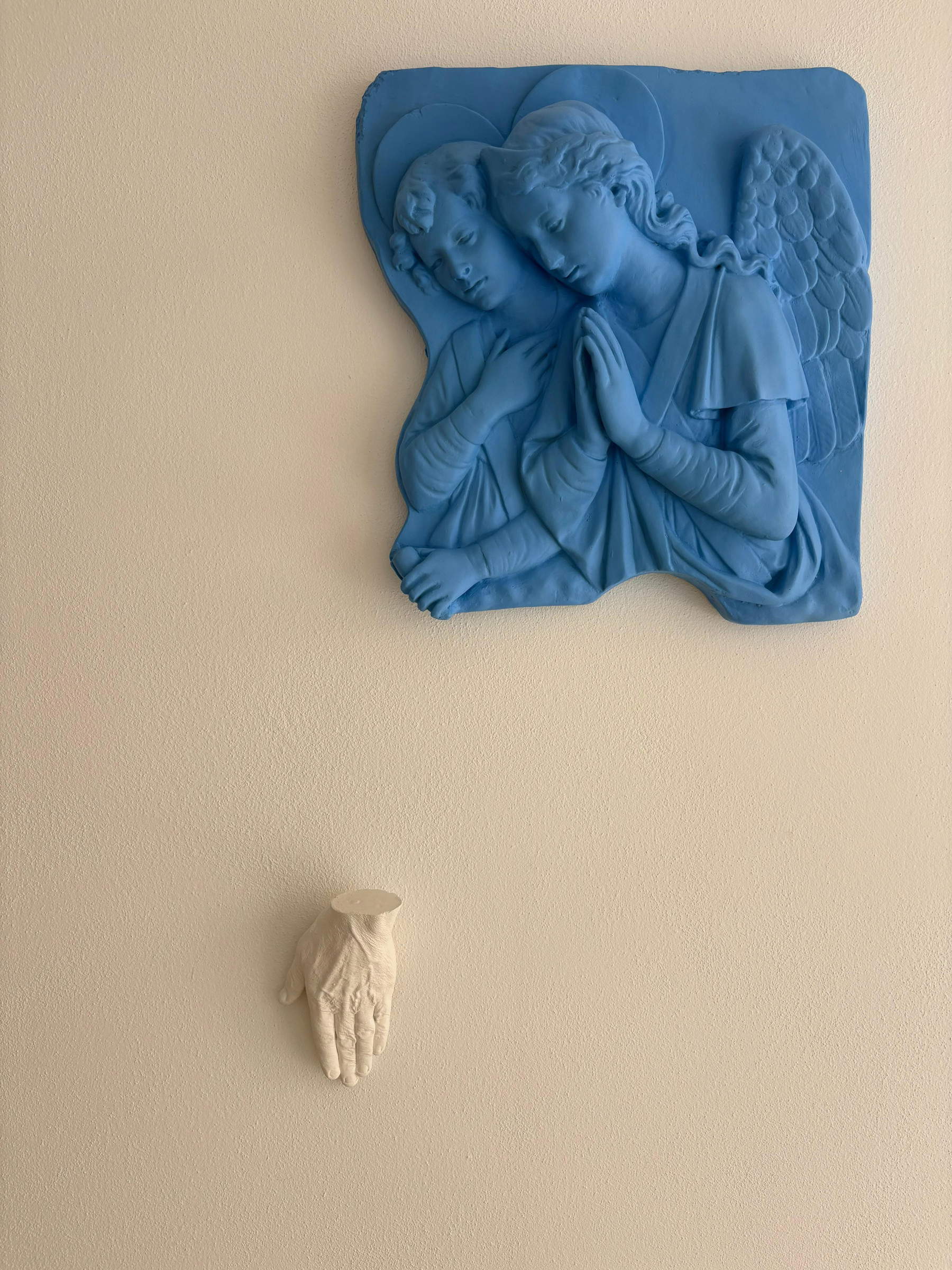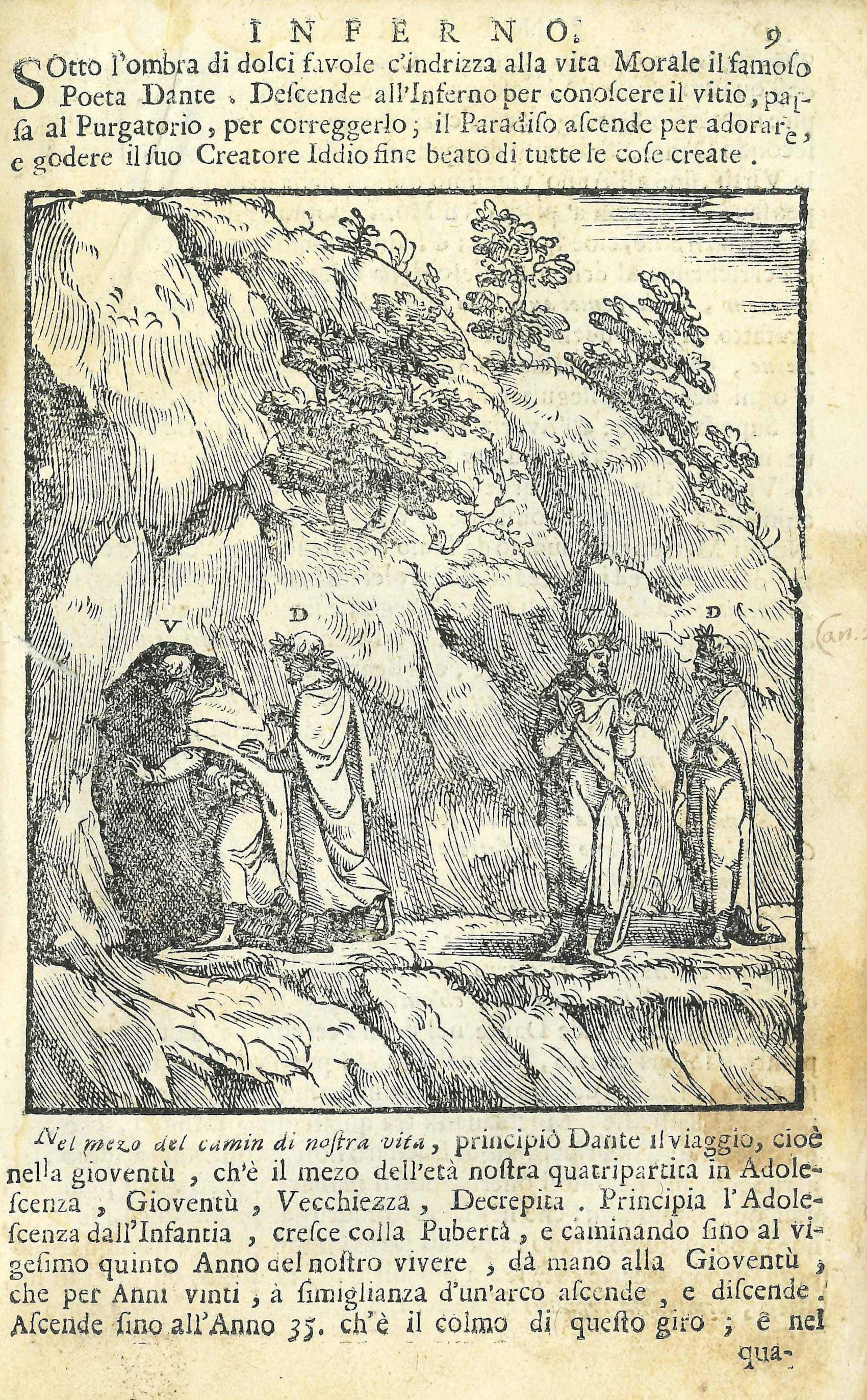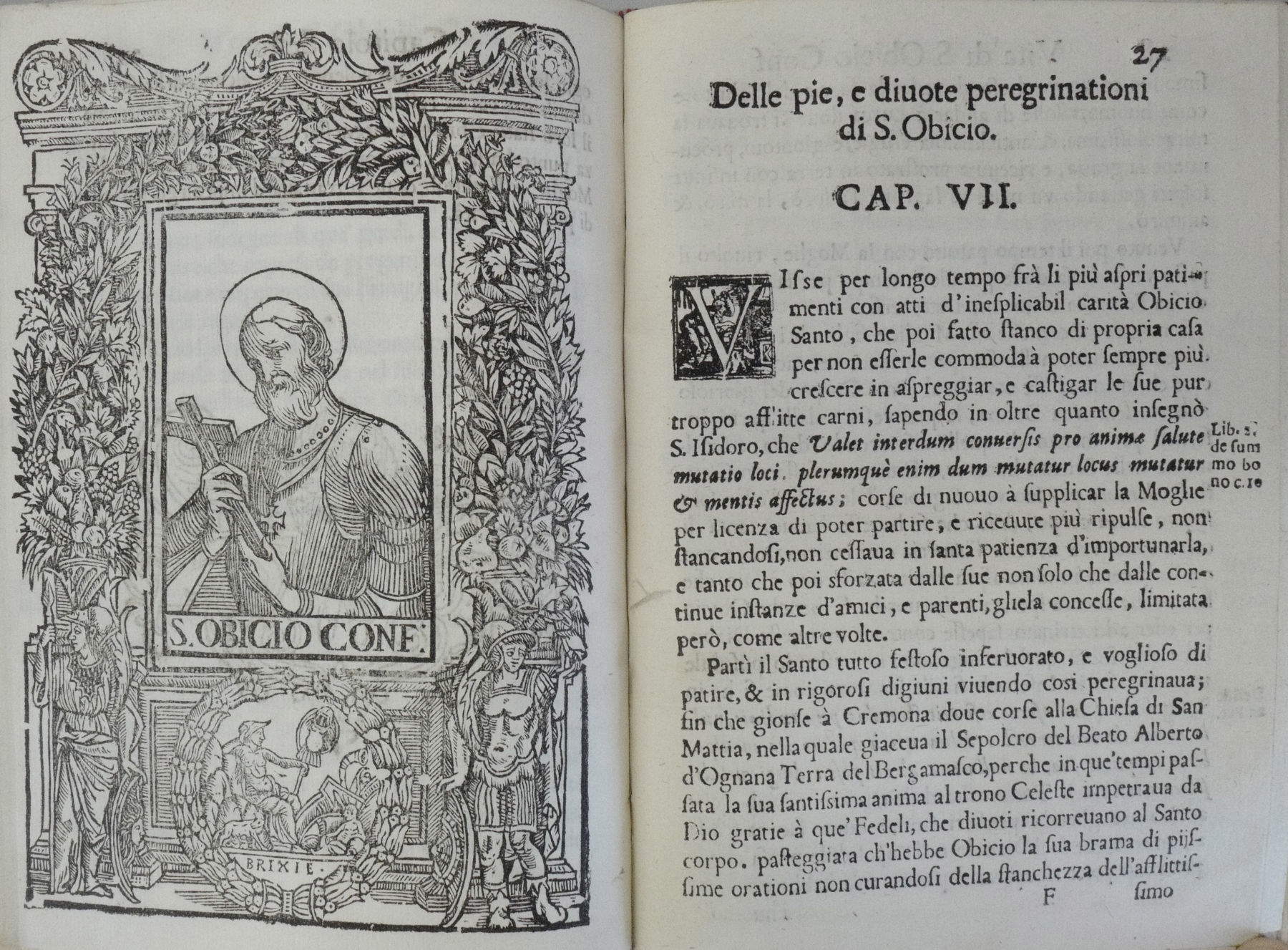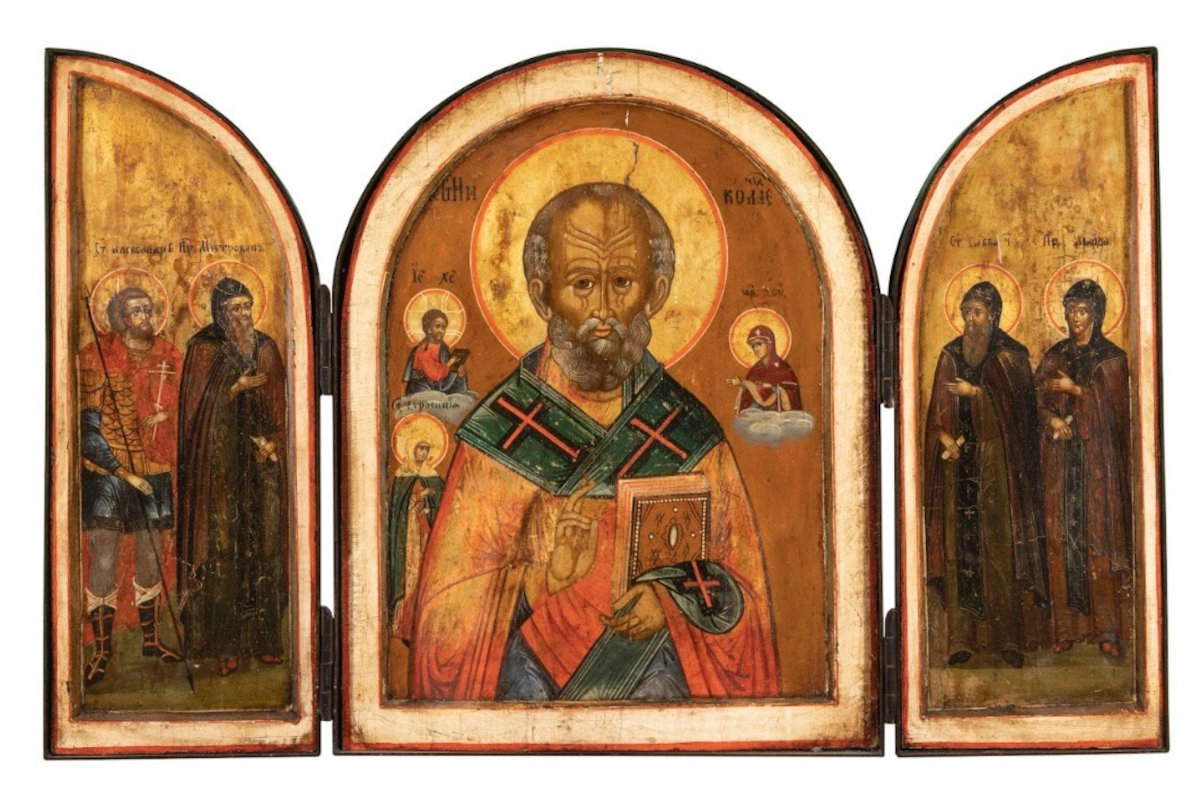From May 30 to Sept. 1, 2025, the Diocesan Museum of Brescia opens its doors to HOMO VIATOR, an exhibition conceived as an artistic and spiritual map for the Jubilee, which compares the past with the present to offer an updated reflection on the act of walking. This act, understood in its many facets of pilgrimage, geographic migration and personal growth, is recounted through a close dialogue between historical documents and works by contemporary artists, outlining an exhibition itinerary divided into four thematic rooms. The initiative is part of the integrated project MAB Jubilee 2025 In Your Name - Art Speaks of Community, which involves three diocesan cultural institutes of Brescia: the Diocesan Museum, the Diocesan Historical Archives and the Luciano Monari Diocesan Library.
The exhibition starts from the figure of Dante Alighieri, the first pilgrim in history, a symbol par excellence of the spiritual journey, connected to the first Jubilee called by Pope Boniface VIII in 1300. The first room, dedicated to the Way as a loss, opens with 17th-century engravings from the Compendium of the Comedy, one of the rare 17th-century editions of the Divine Comedy. The image of Dante’s Inferno, accompanied by the engraving of the frontispiece of theInferno illustrated by Anselm Roehr, summarizes the dimension of the dark and strenuous path. To complete the section, a three-dimensional installation by Giulia Nelli uses wefts of black tights to evoke the dark thickets, tangles of brambles and intricate territories to be traversed, a metaphor for the concrete and mental obstacles that accompany every existential journey. Such representation engages the visitor in a reflection on the sense of bewilderment and search for a possible direction, comparable to that of Dante in the dark forest.



The second room, entitled The journey as salvation, explores migration as a phenomenon that unites past and present, interweaving individual and collective stories. At the center of attention are the Duplicati anagrafici del Regno lombardo-veneto (1815-1865), records of births, marriages and deaths collected in the parishes of the diocese, now a fundamental tool for reconstructing genealogies or obtaining Italian citizenship, particularly requested by descendants of 19th-century migrants. The migration context expands to the present day, thanks to photographs by Carlo Bianchetti documenting the journey of migrants in the Mediterranean. The images depict nocturnal moments at the port of Roccella Jonica and aboard a Coast Guard ship, offering a direct and unfiltered look at contemporary hardships. Also on display are objects related to pilgrimage and itinerant prayer, such as a resealable 18th-century Orthodox icon and a 16th-century pyrographed gourd pilgrim flask, symbols of the spiritual soul that accompanies the physical journey.

The third section, The Journey as a Quest, explores the journey understood as an inner tension toward a spiritual or existential goal. The figure of Saint Obizio da Niardo, a Brescian hermit canonized in 1600, offers the historical reference: his departure from Val Camonica to reach Lucca and contemplate the Holy Face becomes a paradigm of the search for meaning and transformation. The hagiographic texts featured in the exhibition, such as thehagiographic pamphlet Vita sancti Obitii from 1869 and the Life of St. Obicius from 1658, also collect the saint’s own words, which emphasize how change of place often influences inner change. This concept finds an echo in the work of contemporary artist Rita Siragusa, who has created a brass casting in the shape of a polar star, surrounded by black and white sculptural elements. The installation recalls the complexity and contrasts of every inner journey, marked by light and shadow.
The exhibition concludes in the fourth room, The Path as Sharing, with the presence of the large wooden statue of St. James (early 18th century), a symbolic figure of pilgrimage in Europe thanks to the cult developed around his tomb in Santiago de Compostela. The icon of the saint, evangelizer of Spain, is flanked by two bishop’s communications that testify to the role of Brescian church authorities in spreading the Jubilee proclamation among the population. The first, dated January 17, 1725, is a letter from Bishop Fortunato Morosini urging the faithful to set out for Rome to obtain an indulgence. The second, dated June 22, 1826, reports Pope Leo XII’s decision to extend the Jubilee of 1825, which had been suspended in 1800 because of the Napoleonic wars. Sealing the exhibition is Giovanni Rossi’s sculptural diptych, formed by a plaster cast of his father’s hand and a high relief with two guardian angels, evoking the invisible but constant presence of those who accompany everyone’s journey. The reference to Virgil at Dante’s side ideally closes the circle, reiterating that the existential journey is never a solitary one.
|
|
| Homo Viator: the journey between art and spirituality in the Jubilee at the Diocesan Museum of Brescia |
Warning: the translation into English of the original Italian article was created using automatic tools. We undertake to review all articles, but we do not guarantee the total absence of inaccuracies in the translation due to the program. You can find the original by clicking on the ITA button. If you find any mistake,please contact us.